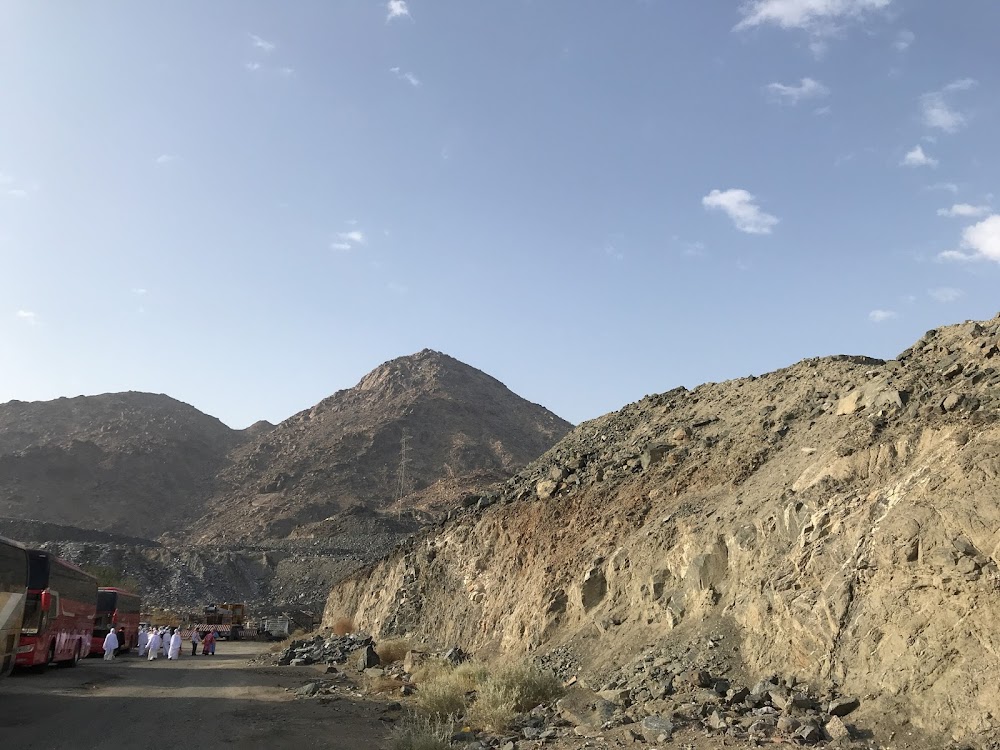The Holy Mosque (Masjid Al-Haram) (المسجد الحرام)
Related Places
Overview
Sure! Here's a revised version of your travel description for Masjid al-Haram, structured for engagement and readability:
---
Masjid al-Haram: The Heart of Islamic Faith
Masjid al-Haram, also known as The Holy Mosque, is a majestic and highly revered mosque situated in the holy city of Makkah, Saudi Arabia. As the largest mosque in the world, it encompasses Islam's holiest site, the Kaaba. Every day, millions of Muslims from around the globe turn toward the Kaaba during their prayers, solidifying Masjid al-Haram as the spiritual epicenter of Islam.
Historical Roots and Development
The origins of Masjid al-Haram trace back to the time of the Prophet Ibrahim (Abraham) and his son Ismail (Ishmael), who are believed to have constructed the Kaaba as a sacred house of monotheistic worship. Over the centuries, the mosque has undergone numerous expansions and renovations to accommodate the ever-growing number of pilgrims visiting this holy site.
In the early 7th century, during the lifetime of the Prophet Muhammad, the mosque featured a much simpler design. However, as Islam gained prominence, the mosque's significance grew, prompting subsequent caliphs to embark on various construction projects aimed at expanding and embellishing this sacred space.
Significant Expansions Through the Ages
One of the earliest major expansions was commissioned by the Umayyad Caliph Al-Walid ibn Abd al-Malik in the early 8th century. He ordered the addition of a prayer hall and surrounding arcades, transforming the initially modest mosque into a grander structure. This transformation marked the beginning of Masjid al-Haram’s evolution into a monumental site.
The Abbasid Caliphate further enriched the mosque in the 8th and 9th centuries, adding larger courtyards, marble columns, and intricate decorations that enhanced both its capacity and beauty. The Ottoman Empire also left its mark; Sultan Selim II commissioned significant renovations in the 16th century, adding new minarets and improving the mosque's infrastructure to better serve the increasing number of pilgrims.
Modern Enhancements for Pilgrims
In the 20th century, Saudi rulers initiated ambitious enhancement projects to accommodate millions of annual pilgrims attending Hajj and Umrah. King Abdulaziz Al Saud began these efforts in the 1950s, focusing on improved access, new entrances, and expanded prayer areas. This work laid the foundation for the grand scale of developments to come.
King Fahd bin Abdulaziz continued this legacy in the 1980s and 1990s, overseeing one of the largest construction ventures in Islamic history. His initiatives included new wings, state-of-the-art facilities, and cooling systems to ensure worshippers' comfort, reflecting a commitment to modernization without sacrificing spiritual significance.
The Ongoing Vision
The most recent expansion, initiated by King Abdullah bin Abdulaziz and carried on by King Salman, aims to raise the mosque's capacity to over 2 million worshippers. This ambitious project includes new prayer halls, enhanced infrastructure, and developments in surrounding areas to facilitate smoother movement and accommodation for pilgrims.
The construction of Masjid al-Haram exemplifies a profound respect for its historical and spiritual significance while addressing the needs of millions. Advanced construction technologies have been employed to ensure that traditional design elements and modern conveniences coexist harmoniously.
Visitor Experience and Spirituality
To manage the immense influx of visitors, Masjid al-Haram is equipped with an efficient crowd control system, featuring trained personnel, clear signage, and advanced surveillance technology. Every effort is made to provide a safe, serene, and spiritually uplifting atmosphere for all pilgrims stepping into this sacred space.
Masjid al-Haram stands as a symbol of unity, faith, and devotion for Muslims worldwide. Its stunning architecture, rich historical legacy, and the profound sense of peace it offers continue to draw millions of worshippers each year. Beyond being an architectural marvel, it embodies the enduring spirit of Islam and the global Muslim community.
---
This version maintains essential information while improving readability and engagement through clear structure and emphasis on key topics.







